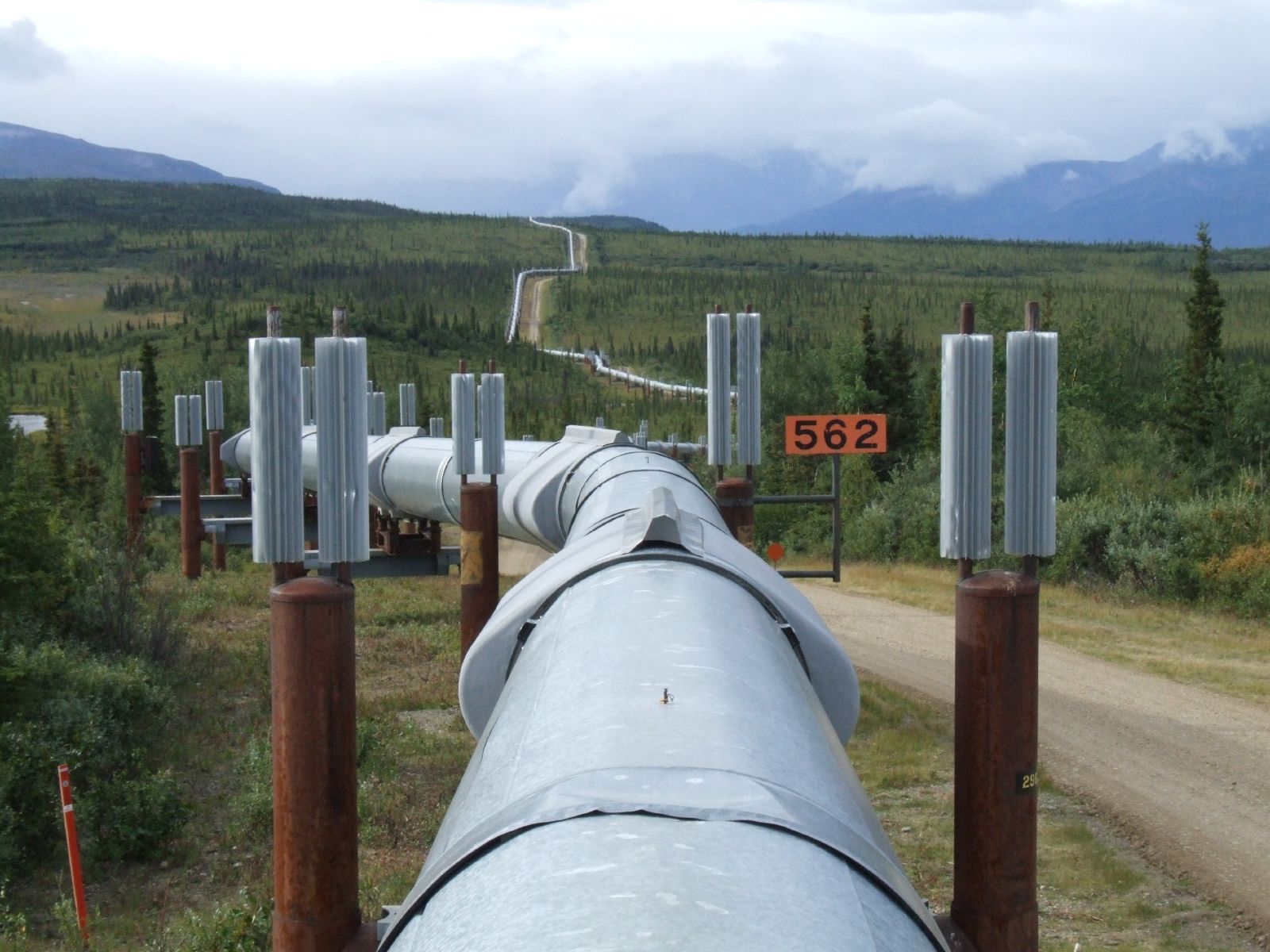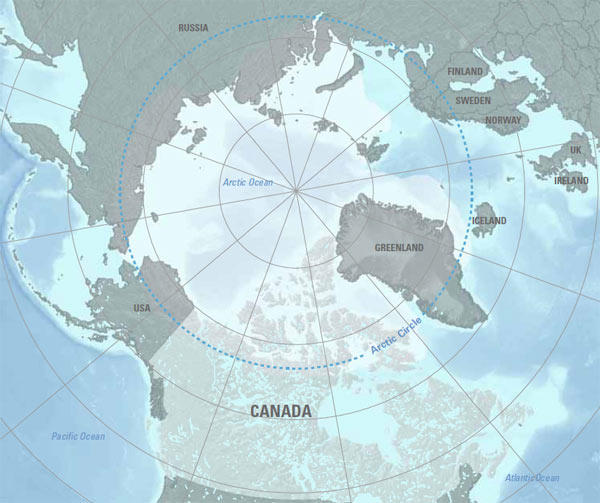Over the last decade, Enbridge gas has been assessing the impact of the construction of the pipeline running from Bruderheim, AB to Kitimat, BC. The goal of the pipeline is to diversify Canada’s oil supply into emerging markets in the Asia-Pacific region.
Scholars argue that it is imperative that Enbridge provide access to key markets willing to pay fair prices. Currently 99% of Canada’s most valuable resource, crude oil, is exported to US markets at a discounted price, but US dependence on Canada’s crude oil is diminishing.
Diversification of crude oil markets is certainly appealing and beneficial to oil sand companies and refineries in Canada and abroad. As part of the Joint Review Panel, Canada’s 16 largest oil sand companies and other multinational oil corporations are responsible for providing a recommendation to the Canadian government on the pipeline construction. Five of these companies are identified as funding participants and some of Asia’s largest refining companies have begun to invest in the construction of the proposed pipeline, which will cost $5-7 billion.
In Comparative Pipeline Politics , Hoberg George notes China’s ‘big three’ oil companies (Sinopec, CNOOC, Petro China) are particularly interested in Canada’s oil sands and have begun to obtain shares in various producer and extraction projects in Canada. Investment is projected to increase dramatically over the next couple of years.
To put things into perspective, research suggests that China’s economy has now surpassed Japan’s as the second largest economy in the world, and will overtake the US economy in three to four decades. For that reason, many supporters of the pipelines believe it would be beneficial to increase Canada’s energy exports to such an economic powerhouse.
Similar studies suggest that the Canadian government will benefit from $85 million dollars in tax revenues from the construction of the pipelines, which can be re-invested in a number of alternative initiatives. It is estimated that the construction and development of the pipelines will generate roughly $2.5 billion dollars in British Columbia (BC), $1.3 billion in Alberta and $4.3 billion throughout the rest of Canada in labor income. The NGP would bring a huge economic boom to BC’s north coast which has experienced prolonged periods of stagnant economic growth. The pipelines can resolve this problem by creating roughly 560 long-term jobs in the region, including 165 in Kitimat marine terminal, and providing tug fleet and environmental monitoring equipment.
The NGP also has the potential to bring business for coastal First Nations and Metis Communities that were consulted during the application process and offered equity agreements. During these consultation processes, they were given a 10% stake in the pipelines and an additional $300 million in employment and contracts.
These potential benefits, however, could come with a cost. There are a number of environmental concerns Canadians should pay more attention to with respect to the Northern Gateway Pipeline. The important truth is that when oil spills happen , only approximately 10-15% can be cleaned up.
An examination of Enbridge’s track record demonstrates lackluster environmental protection and sustainability initiatives. In the last two decades, Enbridge has been responsible for numerous oil spills. Between 1999 and 2010, Enbridge experienced over 800 spills resulting in over 160,000 barrels of oil and gas being released into the environment.
In 1989, Exxon Valdez spilled approximately 257,000 of 1.2 million oil barrels on board when it was beached on a shore in Prince William Sound, Alaska. The cost of cleaning up that spill exceeded US $2.5 billion and yet, oil continues to be found along the beaches in Prince William. Environmentalists are concerned that Canada is not adequately prepared for the financial and environmental consequences of another major oil spill.
Supertankers would carry the oil from the pipelines through the narrow Douglas Channel into the Asia-Pacific Markets. The supertankers would travel across the Inside Passage and through Hectate Straight, one of the most dangerous bodies of water in the world and risking an oil spill near one of the world’s largest coastal temperate rainforests in BC. In addition, the dual pipeline would cross almost 800 streams and rivers along with mountain ranges and earthquake prone landscapes. These are pristine and potentially fragile ecosystems that are vulnerable to environmental disaster.
The Canada Shipping Act provides a governing framework for oil spill response. However, it is still questionable whether this act would be able to sufficiently respond to an oil spill from a supertanker.
The Canadian Marine Liability Act sets out terms of ship-owner liability and the funding mechanisms for compensation and cleanup costs. But Canadian taxpayers are still at risk of becoming responsible for a significant amount of costs associated with oil spill cleanups. On its own, The Exxon Valdez spill, without compensation, cost more than $1 billion in excess of what the Marine Liability Act would cover.
The recent oversupply of oil in the global market, historically low price of gas and cuts across oil industries in the west are all very alarming. Add to the fact that alternatives to oil might be a daunting task and quite costly at the moment. The current oversupply of oil is a temporary and unstable condition; which may give the government of Canada time to focus on strategic initiatives to reduce our reliance on non-renewable fossil fuels and address environmental concerns to protect the future generations.




